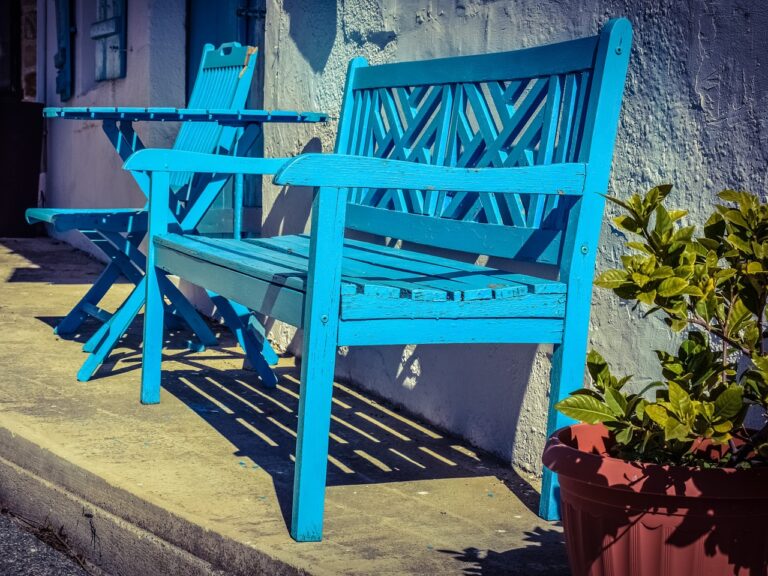The Role of Tableware in School Cafeterias: Designs That Promote Healthy Eating Habits Among Students
99 exchange, laser247, world 777 betting: Tableware plays a crucial role in school cafeterias in promoting healthy eating habits among students. The design of plates, bowls, cups, and utensils can have a significant impact on how students perceive their meals and influence their food choices. By incorporating thoughtful and intentional design elements into tableware, schools can encourage students to make healthier choices and develop positive eating habits.
Here are some key ways in which tableware design can promote healthy eating habits among students:
1. Portion Control: The size and shape of plates and bowls can influence portion sizes and help students better understand appropriate serving sizes. Smaller plates and bowls can encourage students to take smaller portions, reducing overeating and promoting moderation.
2. Color Psychology: The color of tableware can affect how food is perceived. Bright colors like red and yellow are known to stimulate appetite, while cooler colors like blue can have a calming effect. By choosing tableware in calming colors, schools can help students feel more relaxed and mindful while eating.
3. Divided Plates: Divided plates can help students visualize balanced meals with appropriate portions of different food groups. By separating foods into compartments, students can make healthier choices and ensure they are getting a variety of nutrients in each meal.
4. Non-Slip Utensils: Easy-to-grip utensils with non-slip handles can make it easier for students to enjoy their meals without struggling with slippery or awkward utensils. This can help students eat more efficiently and comfortably, encouraging them to finish their meals and eat mindfully.
5. Eco-Friendly Materials: Tableware made from eco-friendly materials like bamboo or recycled plastic can promote sustainability and environmental awareness among students. By using sustainable tableware, schools can educate students about the importance of reducing waste and making environmentally conscious choices.
6. Personalization: Allowing students to personalize their own tableware with their names or favorite characters can make mealtime more enjoyable and engaging. By creating a sense of ownership over their tableware, students may feel more inclined to take pride in their meals and make healthier choices.
Incorporating these design elements into school cafeteria tableware can help promote healthy eating habits among students and create a positive dining experience. By investing in thoughtful and intentional tableware design, schools can support students in making healthier choices and developing lifelong habits that prioritize nutrition and well-being.
FAQs
Q: How can schools involve students in the design process of cafeteria tableware?
A: Schools can involve students in the design process by conducting surveys or focus groups to gather feedback on preferred colors, shapes, and features. Students can also participate in art projects to create personalized tableware designs that reflect their interests and tastes.
Q: What are some cost-effective ways for schools to update their cafeteria tableware?
A: Schools can consider purchasing reusable tableware sets in bulk to reduce costs and promote sustainability. Using durable materials like melamine or stainless steel can also help schools save money in the long run by minimizing the need for frequent replacements.







